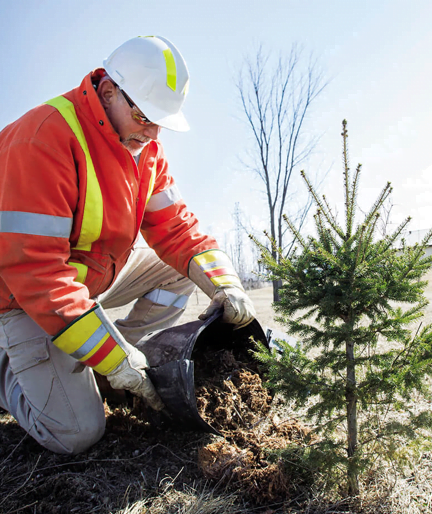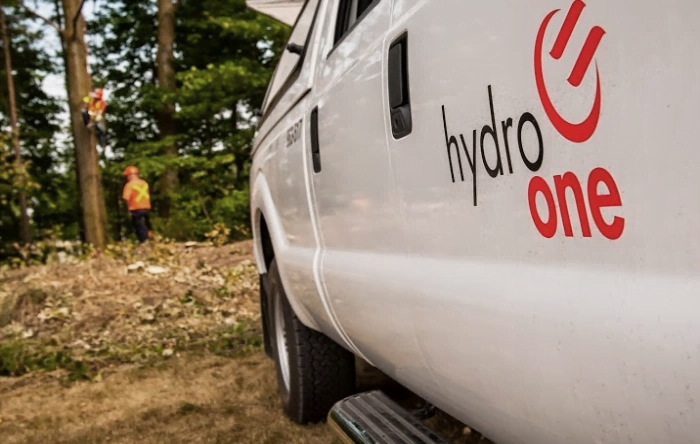Hydro One is proposing to reduce their greenhouse gas (GHG) emissions by 30% by 2030 and achieve net zero by 2050. Their emission goals will be accomplished through a number of programs and initiatives already in progress, as well as future innovations and new initiatives. Three key programs will contribute the most significant reductions:

Fleet Strategies: Decreasing the amount of fossil fuels
Reducing vehicle fleet fuel consumption will help Hydro One reduce their overall carbon footprint. They have committed to replacing their fleet of light-duty vehicles with electric vehicles (EVs) and hybrids as those reach end-of-use, replacing 50% of sedans and SUVs by 2025 and 100% by 2030.
Located within Calgary city limits, Shepard puts the electricity supply closer to the population it serves, reducing the potential for transmission loss and ensuring that Calgarians receive safe and reliable electricity into the future.

Decarbonizing Electricity Generation and Distribution in Remote Ontario Communities
Hydro One Remote Communities supplies electricity to 22 remote communities in Ontario’s far north. They will continue to partner with Indigenous Communities communities to reduce their diesel consumption. By 2025, Hydro One will reduce the need for diesel generation in nine remote communities in Ontario as a result of connection to the Wataynikaneyap Power Project.

Sulfur Hexafluoride (SF6) Management Strategies
SF6 is a GHG-insulating medium that can leak from electrical equipment. Hydro One is making investments to replace their highest risk equipment to reduce leaks and improve their associated procedures and training. They are also balancing our installed base of SF6-containing equipment and exploring alternatives to SF6 gas.
Their focus is on reducing our GHG emissions by changing the way they operate. However, Hydro One recognizes that they may also need to consider carbon capture initiatives, carbon avoidance, and purchasing of voluntary offsets to help them achieve their net zero goal.

